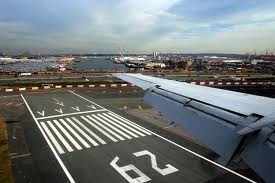 A new air traffic control satellite system will be tested in June at the Seattle Tacoma Airport by Alaska Airlines. The airline will be using a satellite system to land in hope that it will help in reducing delays and save on fuel.
A new air traffic control satellite system will be tested in June at the Seattle Tacoma Airport by Alaska Airlines. The airline will be using a satellite system to land in hope that it will help in reducing delays and save on fuel.
Alaska Airlines is one of the country’s smallest, but has taken huge strides in adopting new technology to allow its fleet to navigate around the often dangerous Alaskan terrain. Planes in the area must weave through valleys and over mountain peaks. Pilots for the airline must land in some of the most remote locations and in some of the worst weather to be found anywhere.
Over 30 miles will be cut from the plane’s approach when they use the satellite technology, as they can take a much more direct path towards the airport and will not have to circle around overhead waiting to be cleared to descend to the airport.
No longer will the pilots be using up valuable fuel by using the throttle, then coasting and then using it again. The airline said it makes the landing process much more efficient and will reduce airspace congestion.
The June experiment in Seattle will be the first extensive use of satellite technology after many years of political wrangling and planning in Washington. The radar-based system of today has been in use since the middle 1940s. To replace it would not only be enormous but very expensive. One government official estimated it would cost over $42 billion.
